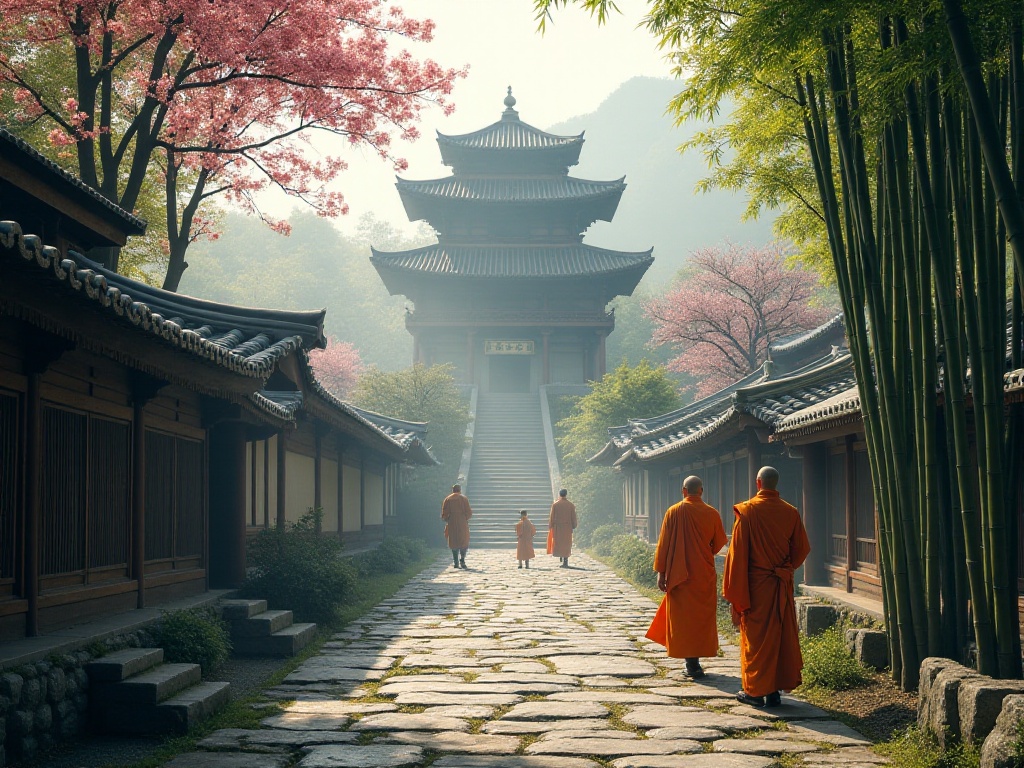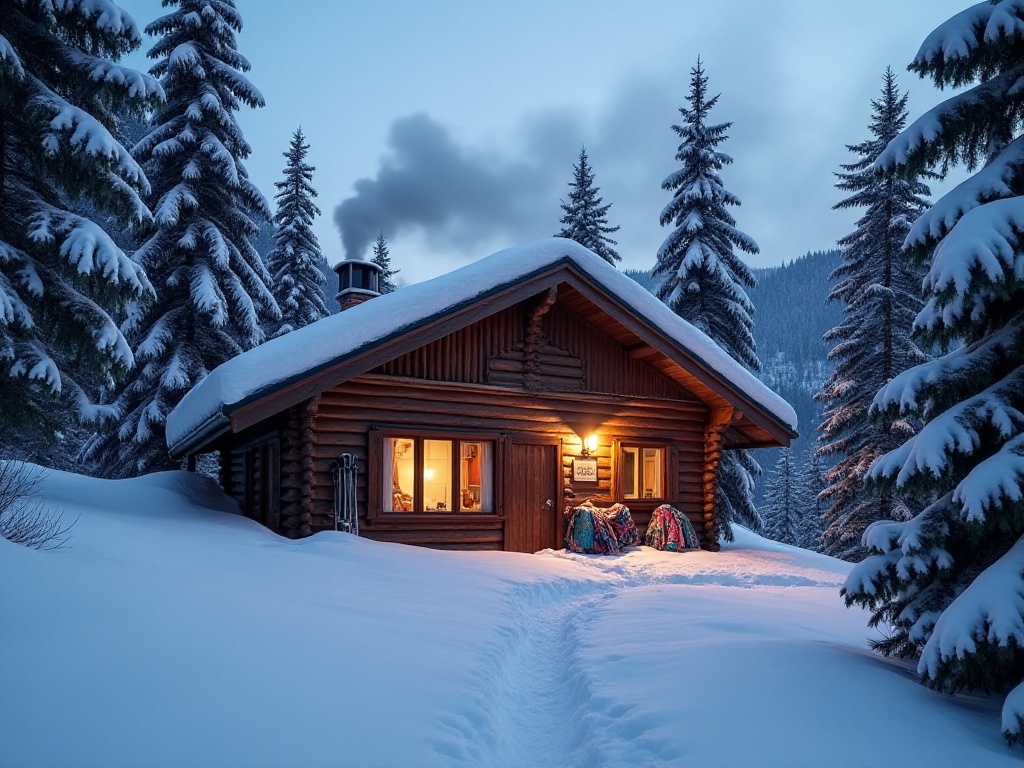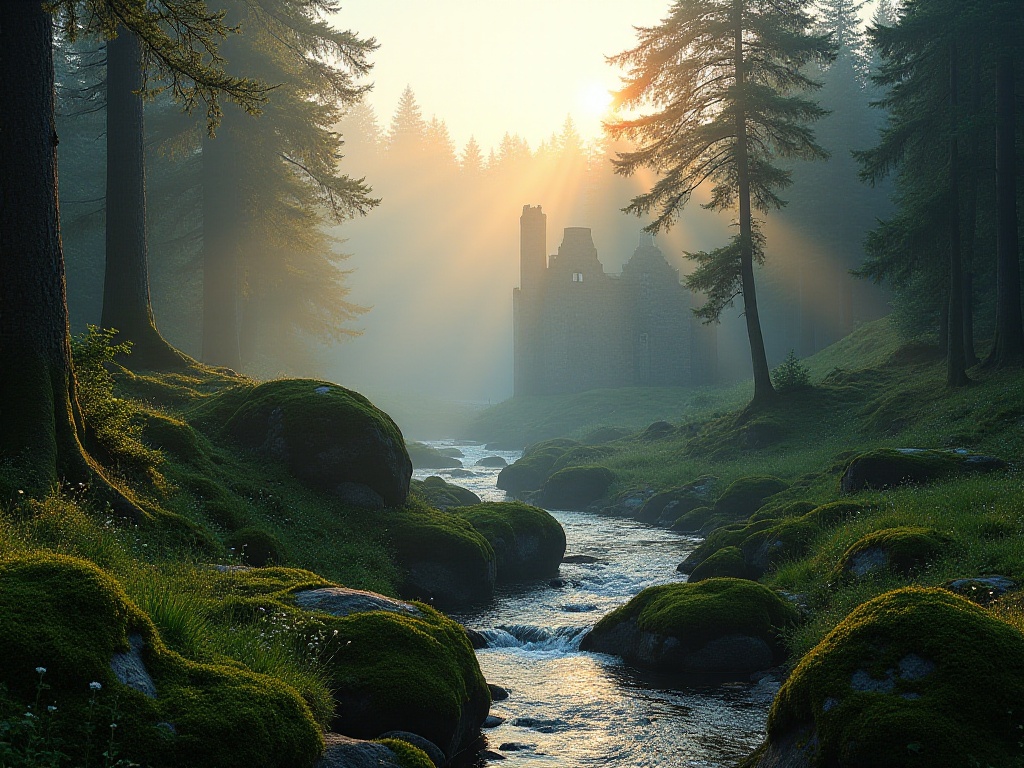
Origin of Inspiration
The other day, while chatting with my friend at Starbucks, she suddenly remarked how different rural tourism is now compared to ten years ago. This made me reflect on my experiences traveling across the country. As a travel blogger with 200,000 followers, I've witnessed China's rural tourism evolve from basic farm stays to today's stunning boutique homestays. These changes over the years never cease to amaze me.
Before writing this article, I specifically reviewed my vlog footage from these years. Those scenes, both bright and dim, connected the dots of my decade-long observations of rural tourism. Today, let me record these fascinating stories through my keyboard and share with you the history of rural tourism transformation through my eyes.
Concept Interpretation
When it comes to rural tourism, the first reaction of those born in the 80s and 90s might still be "farm stays": simple mud houses, creaky wooden beds, and free-range chickens in the yard. But for those born after 2000, rural tourism might mean having afternoon tea in an Instagram-worthy homestay or taking artistic photos in golden wheat fields.
As a veteran who has visited over 300 villages nationwide, I believe modern rural tourism has transcended the simple eat-stay-play concept. It's an immersive cultural experience, an artistic recreation of rural atmosphere, and a return-to-basics lifestyle attitude.
After living in cities for long, people often miss the rising smoke from chimneys and busy figures in the fields from their childhood homes. Modern rural tourism perfectly satisfies urbanites' yearning for rural life. It not only preserves the original rural features but also incorporates modern people's demands for quality living.
I've been to Dong villages in Guizhou, where you can not only appreciate authentic wind-rain bridges and drum towers but also experience the magnificent Dong ethnic songs. In Dai villages in Yunnan, you can wear Dai ethnic costumes to participate in the Water Splashing Festival and enjoy five-star accommodation in beautifully renovated Dai-style bamboo houses. These are vivid examples of modern rural tourism.
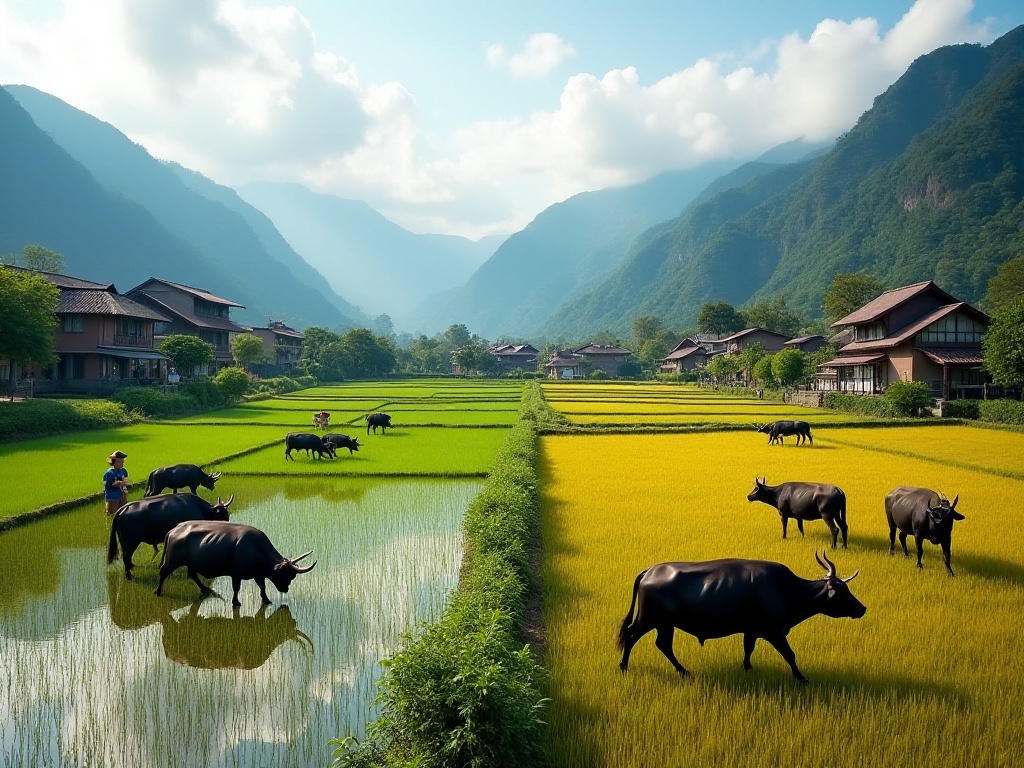
Transformation Journey
My first intimate encounter with rural tourism dates back to 2013. I had just started creating content, and specifically went to a farm stay in a small village in Hebei for filming rural life. I still remember the scene: bumpy dirt roads, drafty windows, simple lunches of pickled vegetables with steamed buns, and nightly battles with mosquitoes.
Back then, farm stays were simply farmers making basic arrangements to their homes, setting up a few beds, letting city folks experience "hard life." Sanitation was left to imagination, recreational facilities were almost non-existent, and the only advantage might have been authentic farm-style cooking.
The turning point came around 2015. When the country strongly promoted leisure agriculture, I witnessed the transformation of many villages firsthand. The most memorable was a village in Anji, Zhejiang, which I visited three times, each time with new changes.
My first visit was in spring 2015, when the village had just begun its transformation. They integrated scattered bamboo resources and planned a bamboo culture experience zone. I filmed a video of an old bamboo crafting artisan, which unexpectedly received 500,000 views on short video platforms. My second visit was in summer 2016, when the village had built a bamboo craft training center, with many young people coming specifically to learn bamboo crafting. By my third visit in winter 2017, the entire village had become a famous bamboo culture-themed town.
From 2018, boutique homestays began springing up like bamboo shoots after rain. I stayed at a particularly interesting homestay near Dali Ancient City in Yunnan. The owner, Little A, was a girl from Chongqing who graduated from Tsinghua University's architecture department and gave up a high-paying job in Beijing to open a homestay in Dali. She spent two years converting a century-old Bai ethnic house into a design-focused boutique homestay.
The most impressive was the courtyard design. Little A preserved the old house's stone path and ancient well but added minimalist-style terrace coffee seats in the corner. On clear days, sitting there drinking coffee with views of Cangshan Mountain and Erhai Lake was absolutely heavenly. The weekend handicraft market was especially creative - I saw local grandmothers teaching Bai tie-dye and French artists creating prints on-site.
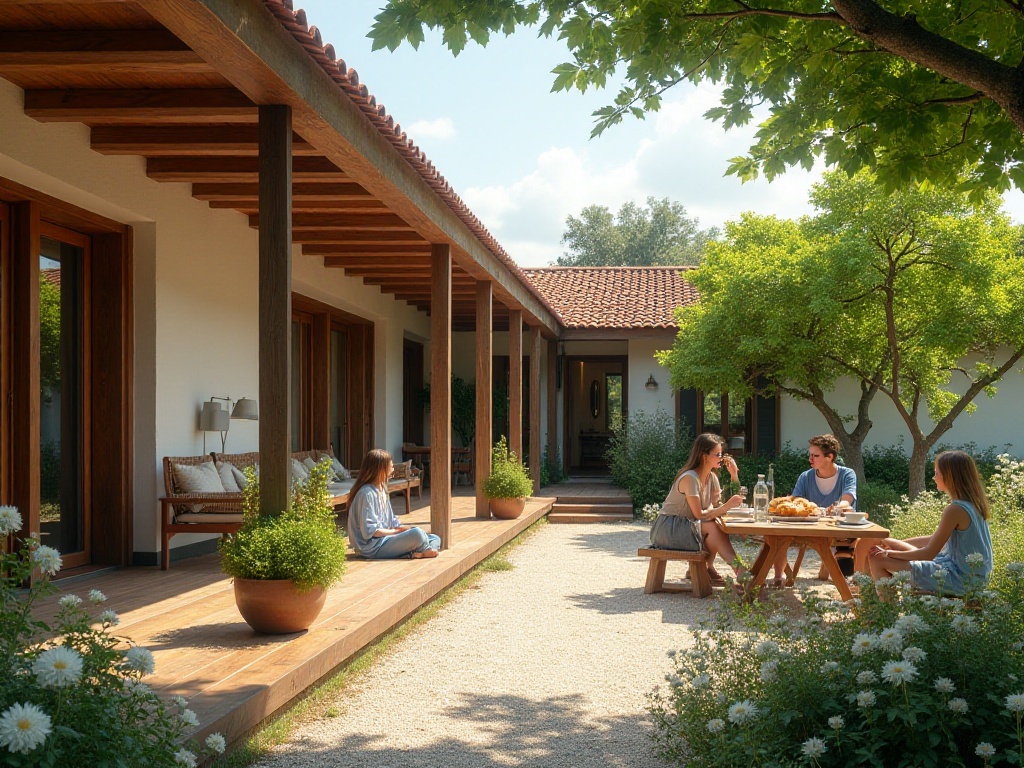
Innovative Highlights
After years of development, modern rural tourism presents many delightful characteristics. As someone who has experienced it firsthand, I particularly want to share three innovative highlights that most attract me.
First is the diversification of experiences. Today's rural tourism projects are incredibly diverse. Last year, I spent a month in Beigou Village in Beijing's Huairou District, and the experience programs alone were overwhelming. Traditional farming experiences like rice planting, harvesting, and picking are standard. What excited me most was the village's cultural creative industry.
One day, I participated in a pottery workshop. The teacher was a graduate from Jingdezhen, who not only taught traditional wheel-throwing techniques but also incorporated local paper-cutting elements into pottery decoration. The tea set I made, which incorporated traditional window patterns from Beigou Village, sold well. According to village committee data, cultural creative product sales exceeded 5 million yuan in 2023, with pottery products accounting for 30%.
Second is the refinement of facilities. Today's rural homestays can fully rival urban boutique hotels in terms of hardware. Last year, while traveling in the Jiangsu-Zhejiang-Shanghai region, I stayed at over a dozen rural homestays, all offering excellent experiences.
The most impressive was a homestay by Lake Tai in Suzhou. Rooms were equipped with smart home systems, and even the bedding was imported from Italy. The owner told me they specially invited butlers from Michelin-starred hotels to train their staff. No wonder their average room rate reached 2000 yuan per night in 2023, while maintaining an 80% occupancy rate.
Finally is cultural innovation. Modern rural tourism's greatest strength is its ability to reinvent traditional culture. I particularly like the innovative model of Changzhou Village in Tianjin's Jizhou District. This small village was originally famous for New Year paintings, but fell into difficulties when the traditional market declined.
The turning point came in 2020. A young villager studying at an art academy proposed the idea of a "New Year Painting Art Festival." They invited contemporary artists for residencies, incorporating New Year painting elements into modern art installations. When I attended the art festival last year, I saw a particularly stunning installation: the artist recreated traditional New Year painting lines with LED tubes, glowing brilliantly at night, attracting many young visitors to take short videos.
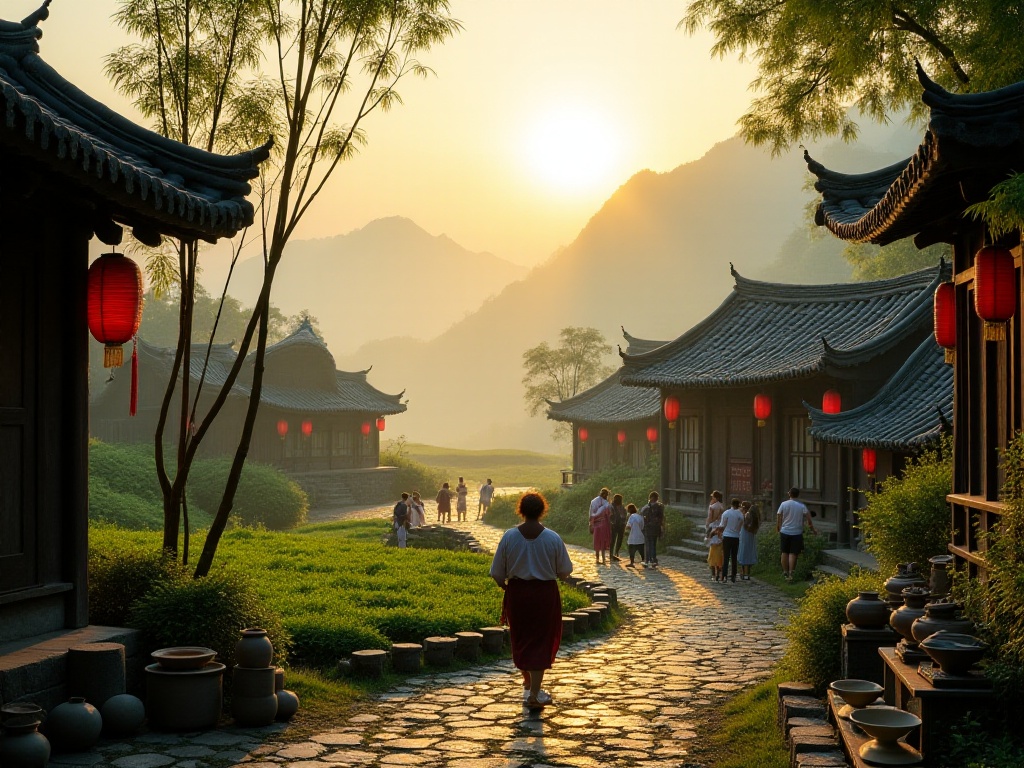
Future Outlook
After years of development, rural tourism's future is full of endless possibilities. As a deep participant, I particularly want to share some thoughts on the future of rural tourism.
First is digital transformation. Many villages are actively embracing digital technology. I recently experienced a particularly interesting project: a village developed an AR guide mini-program where tourists can point their phones at historic buildings to see how they looked a hundred years ago and hear related historical stories. This kind of digital experience is especially popular among young people.
Second is lifestyle innovation. I've noticed more young people choosing to start businesses in rural areas, bringing new life concepts and business models. For instance, I met a post-90s couple in Wuzhen, Zhejiang, who opened a complex space combining bookstore, café, and homestay in the ancient town. During the day, it's a popular spot for tourists; at night, it becomes a cultural salon for local youth.
Third is the deepening of sustainable development concepts. Many villages now focus on ecological protection and environmental friendliness. Last year, I interviewed an eco-homestay in Shangri-La, Yunnan, which uses entirely solar power, only local ingredients in their restaurant, and even established their own organic farm. This sustainable development model is gaining increasing recognition from tourists.
Finally is innovation in cultural inheritance. How to combine traditional culture with modern life is a challenge many villages face. I saw a great example in Wuyuan, Jiangxi: a graduate student gave up job opportunities in big cities to return home and open a Huizhou culture experience center. She repackaged Huizhou cultural elements like tea ceremony, wood carving, and Huiju opera in ways appealing to young people, launching a series of immersive experience courses.
Looking ahead, I believe rural tourism's greatest charm lies in its perfect fusion of tradition and modernity. Whether through digital technology showcasing rural charm or innovative thinking inheriting traditional culture, rural tourism is telling China's rural stories in its own way.
As a witness and recorder, I believe more young people like us will bring their love for rural areas and innovative ideas to make China's rural tourism shine even more brilliantly. Whenever I think about this, I'm filled with anticipation for the future. After all, the fascinating story of rural tourism is just beginning.
Next
Hidden Gems in Rural Vietnam: Rediscovering Serenity Post-Pandemic
As the world emerges from the cocoon of lockdowns, Vietnam's countryside unfurls its wings, revealing a kaleidoscope of hidden treasures. The pandemic's pause has birthed a new era of travel, one that whispers of untrodden paths and authentic encounters. Rural Vietnam, once the backdrop to frenetic city escapes, now takes center stage in a renaissance of rustic allure.
Complete Guide to Rural Tourism in Hokkaido: A Paradise for All Seasons
Discover selected rural tourism destinations worldwide, featuring Colorado hot springs, European castle ruins, and Asia-Pacific natural landscapes, showcasing unique scenery and cultural heritage
Exploring Hokkaido: A Rural Journey Through Four Seasons
Explore distinctive rural tourism destinations worldwide, from the natural landscapes of Colorado and Alaska to the cultural heritage sites in Romania and Portugal, and the scenic beauty of Hokkaido, Japan. Discover unique rural experiences combining nature, culture, and local traditions
Next
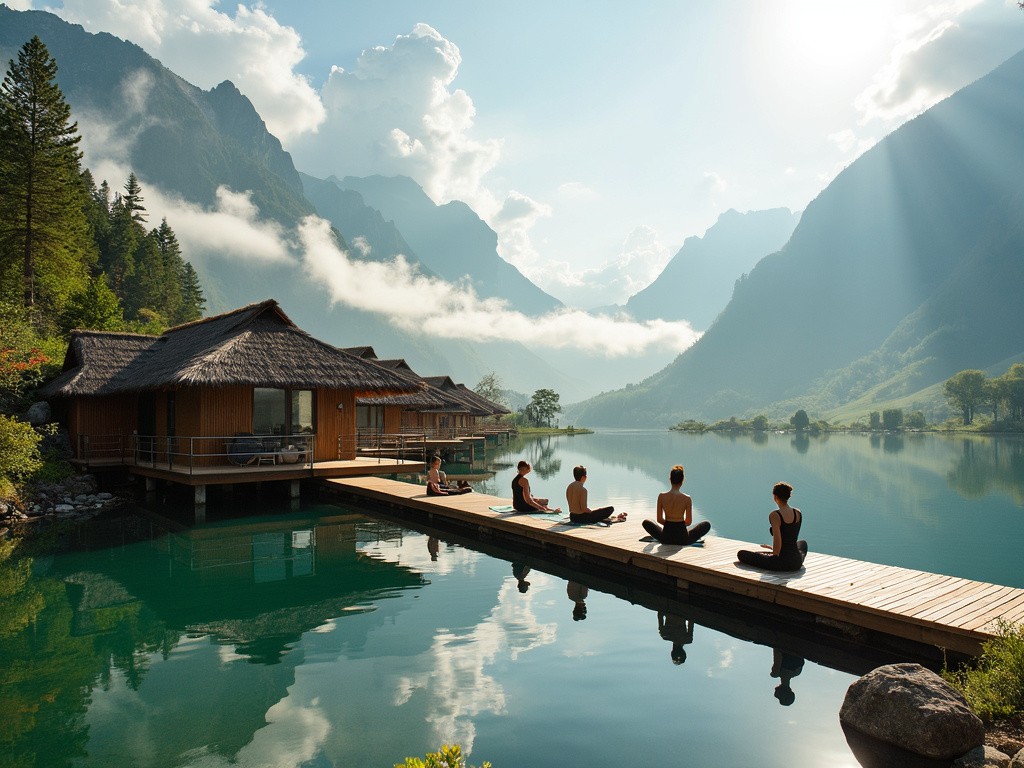
Hidden Gems in Rural Vietnam: Rediscovering Serenity Post-Pandemic
As the world emerges from the cocoon of lockdowns, Vietnam's countryside unfurls its wings, revealing a kaleidoscope of hidden treasures. The pandemic's pause has birthed a new era of travel, one that whispers of untrodden paths and authentic encounters. Rural Vietnam, once the backdrop to frenetic city escapes, now takes center stage in a renaissance of rustic allure.
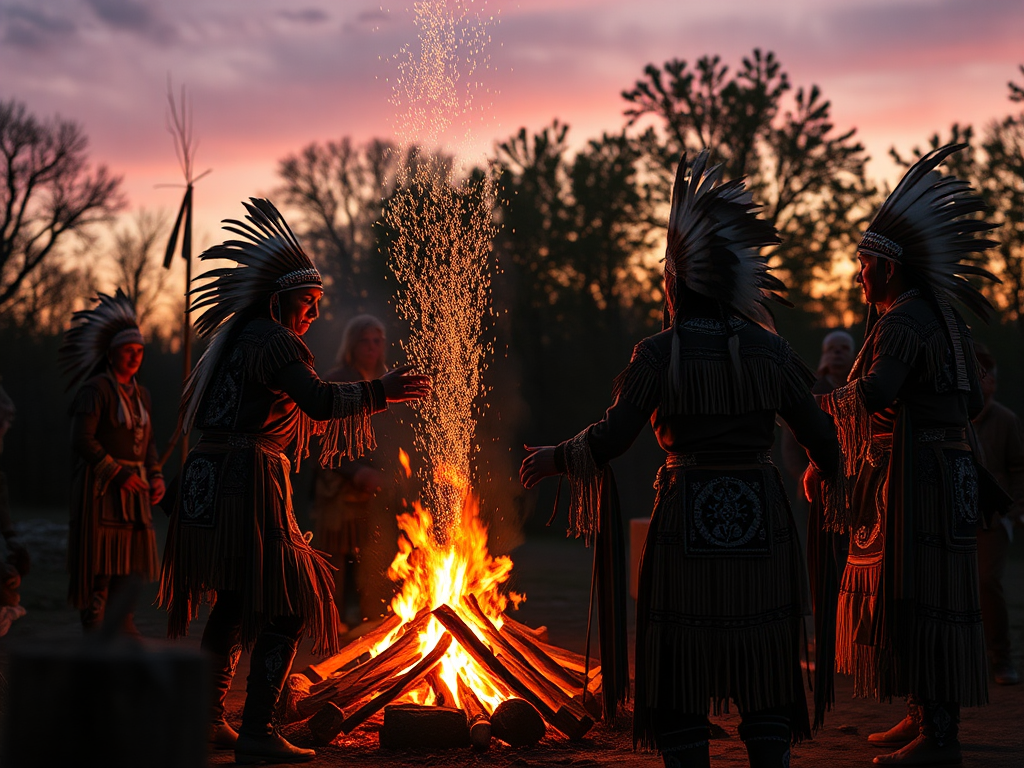
Complete Guide to Rural Tourism in Hokkaido: A Paradise for All Seasons
Discover selected rural tourism destinations worldwide, featuring Colorado hot springs, European castle ruins, and Asia-Pacific natural landscapes, showcasing unique scenery and cultural heritage
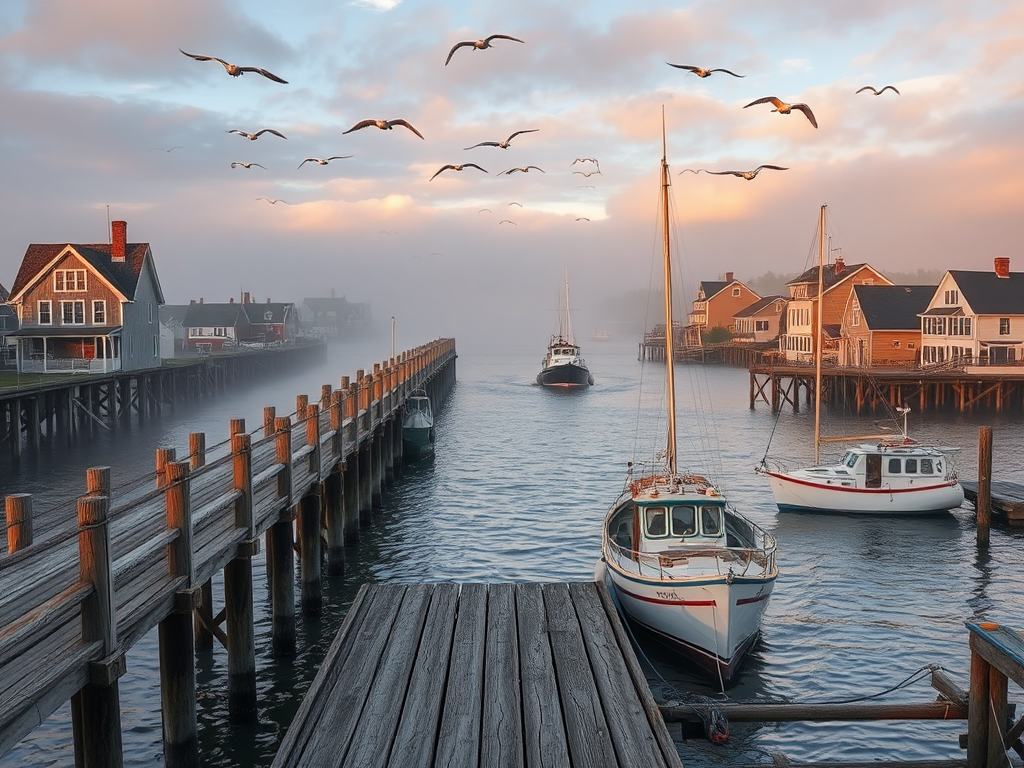
Exploring Hokkaido: A Rural Journey Through Four Seasons
Explore distinctive rural tourism destinations worldwide, from the natural landscapes of Colorado and Alaska to the cultural heritage sites in Romania and Portugal, and the scenic beauty of Hokkaido, Japan. Discover unique rural experiences combining nature, culture, and local traditions

